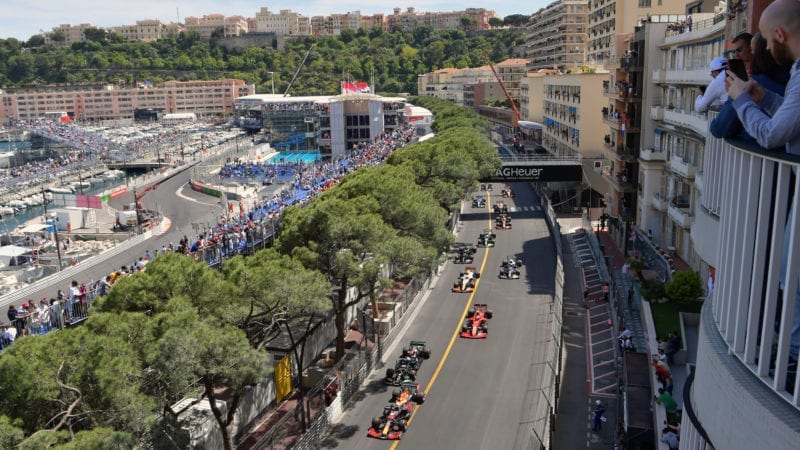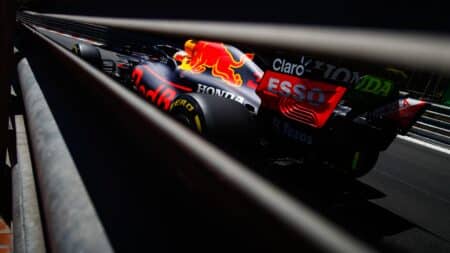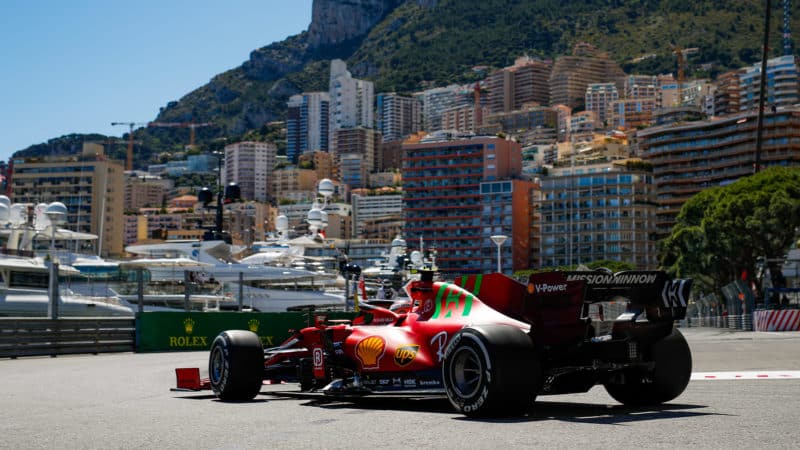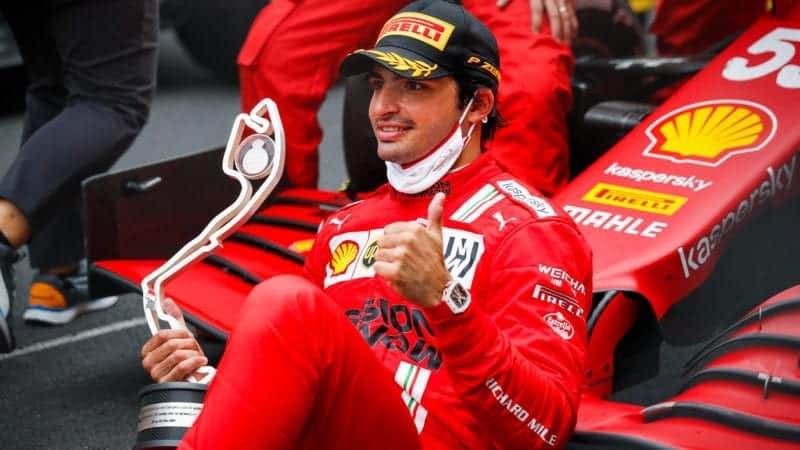“Particularly ironically, a car which one of its best weapons has been its usage of its tyres circuit after circuit after circuit, this particular track we always struggle a bit with that and we’re never really getting them happy on a Saturday, so our grid slots are lowly and then on Sunday, although we are ok at the start of the stint, by the end of the first stint where most of the crucial action takes place at this rather particular track where there isn’t much opportunity for overtaking except around that first stop, we are normally all out of ideas with a tyre that has died a little sooner than our competitors. We have failed to understand that for a number of seasons and we need to figure out from first principles, what are we getting wrong at this track? What is it we are doing year-on-year that is just not right for here?”
It may just be a trait of the car’s concept. It may just be that a long-wheelbase, low-rake car will always struggle around this sort of track. Yes, it dominated from the front in 2019, but that was with a car that had a generally huge advantage over its rivals everywhere. This year, the W12 is a very close match with the Red Bull everywhere. So coming here it was almost bound to be behind it.
Mercedes doesn’t have a specific Monaco wing. At Barcelona it was already running its biggest wing – and that was the one on the car here. The Mercedes cannot be further ramped-up at the back for a slow circuit in the way the high-rake Red Bull (and Ferrari) can. That way, they can increase the downforce by the greater angle of attack. There’s a physical limitation preventing that with the Mercedes – and its aerodynamics are not appropriately configured for that anyway.
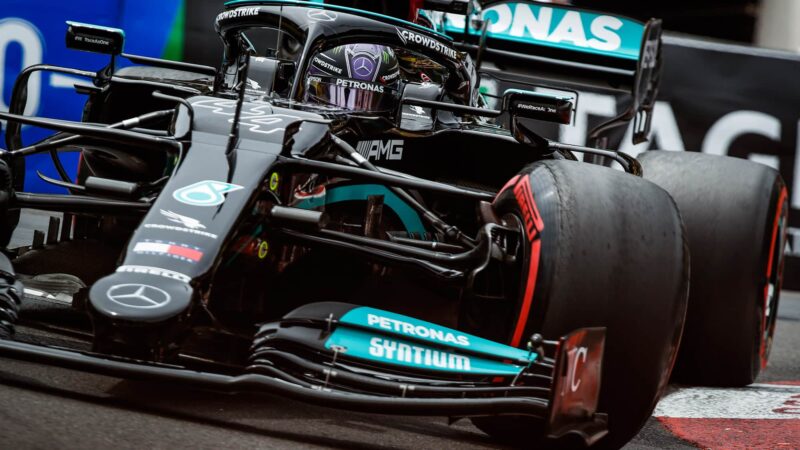
Tyre temperature trouble blamed for Hamilton’s qualifying and race woes
Florent Gooden / DPPI
The longer wheelbase will not help on slow corners. The load transfer on the front tyres, other things being equal, will be slower to build. On a circuit which puts such low energy – both chemical and mechanical – into the tyres, that might give you trouble generating tyre temperatures. The corner can be essentially over by the time the temperatures are getting into their sweet spot. Especially on a cool day like Saturday. “It’s always about tyre temperature here for us,” said Hamilton. “The tyres were just not working the whole way through qualifying.”
Bottas did a better job coping with that than Hamilton. He was just a little more confident through Ste Devote, managed to nudge into the temperature window and that set him up for the lap each time. Hamilton, tending to overdrive to compensate, just didn’t have that confidence and stayed the wrong side of the thermal threshold.
He was angry after qualifying and insisting he’d wanted to go a different route on set-up to that which had been chosen, one which would have brought better tyre temperatures. The reason he was overruled was it came at the expense of pretty extreme wear.
Even with the set-up as it was, Bottas fell away even from the gentle, tyre-managed pace Verstappen was setting after 10 laps because of heavy wear. As the tread became thin, so the temperatures fell – and the car slid more, increasing the wear further etc. There was virtually no tread left on the rears which came off Bottas’ car at the ill-fated pit stop. There was only a little more left on those of Hamilton’s.


